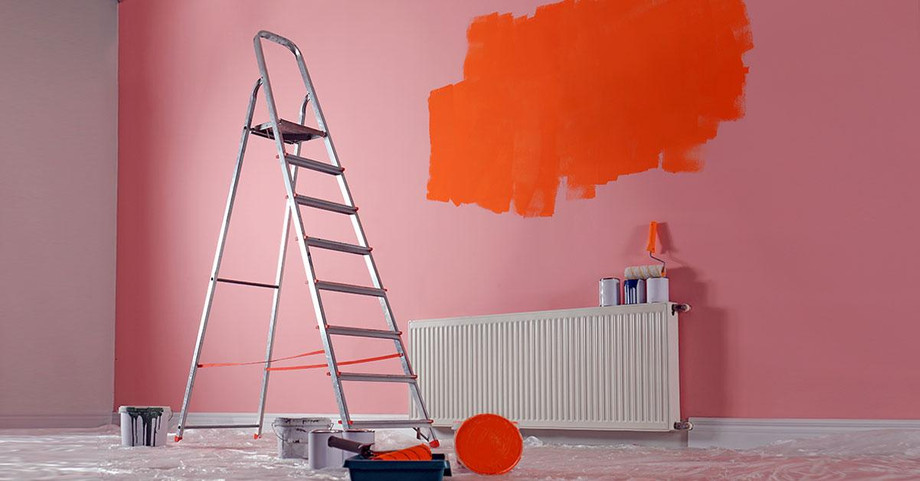House painting is more than just applying color to walls; it's a transformative process that breathes new life into a home. Whether you're considering a fresh coat for maintenance, a complete color overhaul for a modern look, or just aiming to enhance curb appeal, the art of house painting involves careful planning and execution. This comprehensive guide explores various aspects of house painting, from choosing the right colors to navigating different paint types and application techniques.
Choosing the Right Colors:
Consider the Architecture: The architectural style of your home can provide valuable guidance when selecting paint colors. Traditional homes may benefit from classic, neutral tones, while modern or eclectic structures might embrace bolder, more vibrant hues. Consider the overall aesthetic and design elements to create a harmonious look.
Assess the Surroundings: Take note of the surrounding environment, including neighboring houses, landscaping, and natural features. Your chosen colors should complement the existing elements rather than clash with them. Harmonizing with the surroundings contributes to a cohesive and visually pleasing exterior.
Think About Functionality: Different areas of your home serve different purposes, and this should influence your color choices. For instance, calm and soothing colors may be ideal for bedrooms, while vibrant and energetic tones can enhance living spaces. Consider the mood you want to create in each room and choose colors accordingly.
Test Samples: It's always a good idea to test paint samples before committing to a full application. Paint can look different under various lighting conditions and against different surfaces. Apply small patches of your chosen colors to observe how they interact with the space and make adjustments if necessary.
Types of Paint:
Latex Paint: Latex, or water-based paint, is popular for its ease of use, quick drying time, and low toxicity. It's ideal for interior walls and ceilings, providing a durable and washable finish. Latex paints also come in various finishes, from flat to high gloss, allowing for versatility in design.
Oil-Based Paint: Oil-based paints offer a durable and smooth finish, making them suitable for trim, doors, and high-traffic areas. However, they have a longer drying time, emit stronger odors, and require mineral spirits for cleanup. Due to environmental concerns, water-based alternatives are often favored over oil-based paints.
Primer: Primer is a preparatory coat applied before the actual paint to enhance adhesion and durability. It also helps to create a smooth surface, especially when dealing with new or porous materials. Choosing the right primer is crucial for achieving a professional and long-lasting paint job.
Exterior vs. Interior Painting:
Exterior Painting: Exterior painting involves considerations beyond aesthetics, as the paint must withstand weather elements. Weather-resistant paints designed for exteriors are crucial to ensure longevity. Additionally, surface preparation is vital, including cleaning, sanding, and addressing any structural issues.
Interior Painting: Interior painting allows for more creative freedom, but it's essential to consider the function of each room. High-traffic areas may require more durable paint, while softer tones can create a relaxing atmosphere in bedrooms. Proper ventilation and adequate preparation of surfaces are key to achieving a flawless interior finish.
Tools and Techniques:
Essential Tools: The right tools can make a significant difference in the quality of your paint job. Invest in high-quality brushes, rollers, painter's tape, drop cloths, and a sturdy ladder. Having the right tools ensures efficient application and a professional-looking result.
Preparation is Key: Proper preparation of surfaces is crucial for a successful paint job. This includes cleaning, patching holes and cracks, sanding rough areas, and applying primer where necessary. Thorough preparation ensures a smooth and durable finish.
Techniques for a Flawless Finish: Techniques such as cutting in (painting edges with a brush before using a roller), working in manageable sections, and maintaining a wet edge (keeping the paint consistently wet as you work) contribute to a flawless finish. Take your time, and be patient, especially with intricate details.
For More Info:-
house painting sutherland shire




.png)

Comments